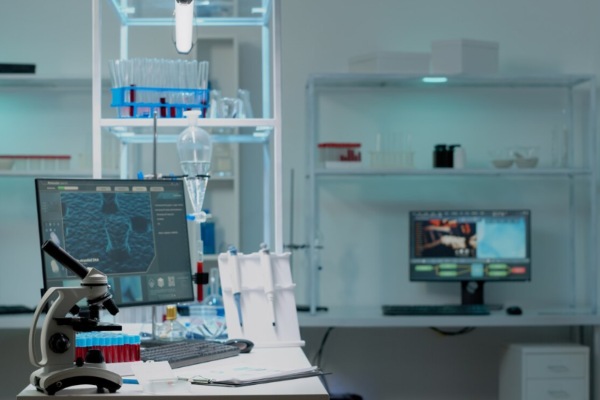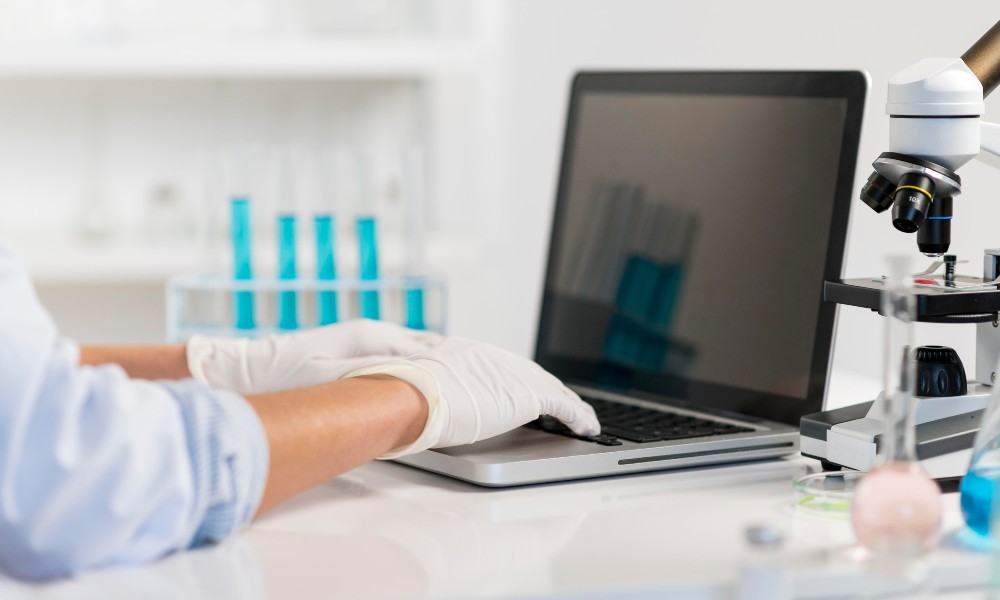In every laboratory, human error remains one of the most persistent and costly challenges. Despite advancements in instrumentation and automation, scientists still rely on manual processes that are inherently prone to mistakes.
Understanding where and why these errors occur is the first step in mitigating them. Here’s a breakdown of the most common human errors in experimental environments, the tasks where they frequently appear, and practical strategies to reduce their impact.
Common errors in labs
- Mislabeling samples: A simple mix-up in labeling can invalidate an entire experiment. This often happens during sample preparation or transfer between containers.
- Incorrect data entry: Manually inputting data into spreadsheets or software introduces a high risk of transcription errors, especially under time pressure.
- Deviating from protocols: Skipping steps, misunderstanding procedures, or improvising during experiments can lead to inconsistent results.
- Improper equipment use: Misusing instruments or failing to calibrate them properly before use can distort experimental outcomes.
- Inadequate scheduling: Overlapping bookings, missed maintenance windows, or unavailable resources disrupt workflows and lead to rushed or compromised experiments.

Where these errors tend to occur
- Sample preparation stations: High volumes of repetitive work increase the likelihood of labeling or measurement errors.
- Data management tasks: Transferring notes from paper to digital formats often leads to lost or incorrect information.
- Equipment booking and usage: Without centralized visibility, resource conflicts or overuse go unnoticed.
- Interdepartmental requests: Manual tracking of service or supply requests often results in delays or miscommunication.

Strategies to minimize human errors
- Standardize protocols: Clear, accessible SOPs help ensure consistency. Regular training reinforces adherence.
- Digitize data entry: Use platforms that eliminate manual transcription by integrating with lab equipment or standardizing input formats.
- Implement centralized scheduling: A unified view of all resources reduces overlaps and ensures equipment availability.
- Automate routine tasks: Automation not only speeds up processes but also minimizes the chance of forgetting or skipping steps.
A modern solution for a persistent problem
For labs looking to elevate their operational precision, adopting tools that streamline workflows and reduce manual intervention is key. Platforms like newLab®, designed with scientists in mind, address many of these pain points.
With features like real-time equipment visibility, automated service requests, and centralized scheduling, newLab® quietly reinforces consistency and accuracy in daily lab operations.
Moreover, by integrating with existing systems like LIMS, ELN, and ERP tools, newLab® offers a seamless layer of orchestration that doesn’t disrupt but enhances your current setup. The result? Fewer errors, more reliable data, and more time for actual science.
Famous example of human mistake
One of the most cited examples is the 1999 incident involving NASA’s Mars Climate Orbiter. While not a traditional lab experiment, the project was critically impacted by a simple unit conversion error—one team used imperial units while another used metric.
This mistake caused the spacecraft to disintegrate in Mars’ atmosphere. It serves as a cautionary tale for the scientific community about the importance of standardization, double-checking data, and having robust error-proofing systems in place.
We hope this article has helped you better understand how to identify and prevent human errors in your lab environment. If you need support in digitizing your laboratory or introducing AI into existing processes, contact us.



